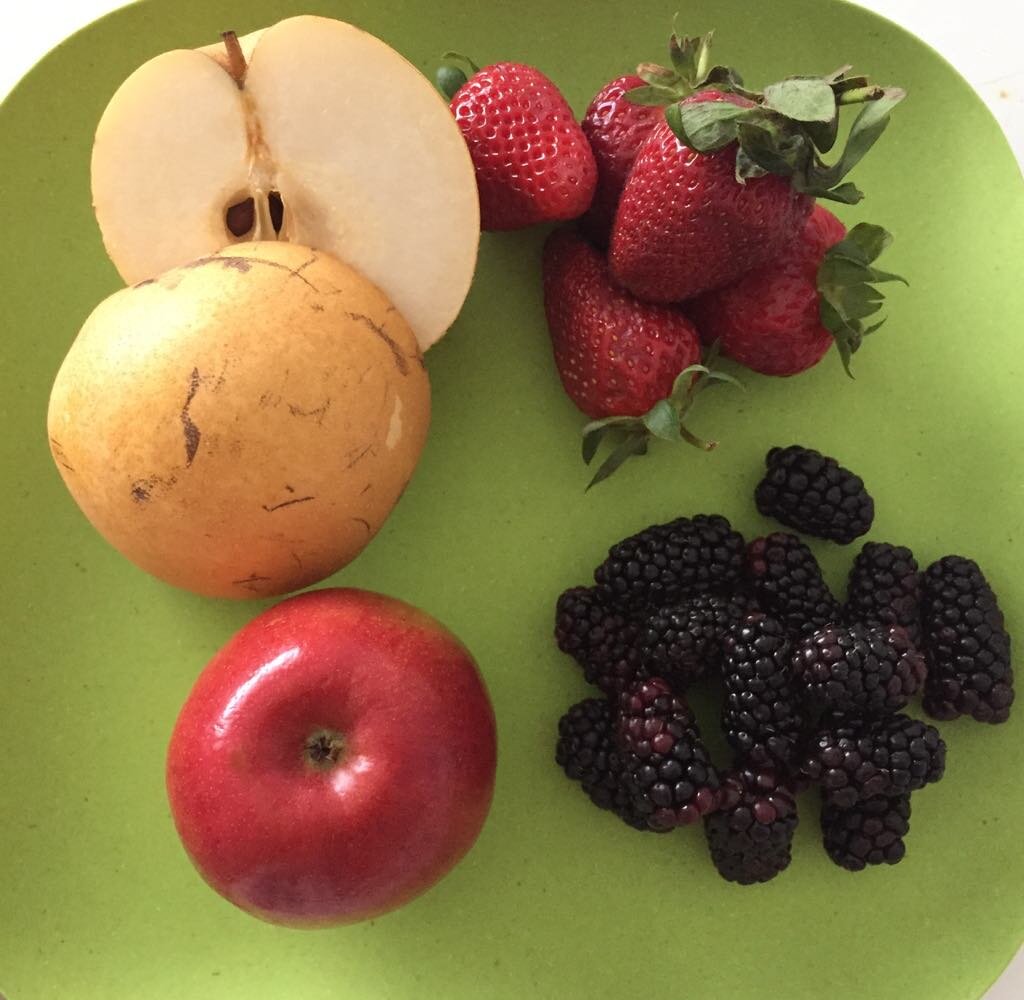Using Edible Flowers 4 Ways
Bring magic and beauty to your learning setting or home by incorporating edible flowers into your everyday
Why plant edible flowers in the ECE garden or home?
Companion planting edible flowers among your herbs and veggies is something we’re really into and encourage every early learning setting, school and home to have a go.
To begin with, they’re really easy to look after, just as you would with herbs (if you’re not sure how to grow or care for herbs, check out our step-by-step guide on Starting Your Own Herb Garden here).
Edible Flowers are also safe to grow scattered around playgrounds, and children can pick them as much as they like – in fact, the more flowers are harvested, the more they’ll blossom. Best of all, they’ll bring so much colour and magic to indoor and outdoor spaces by being used in lots of different ways, from adorning tables to being incorporated in meals and activities.
Amazing variety
Edible Flowers growing in our Clean Plate Garden right now :)
There’s a huge variety of edible flowers from all shapes, colours and sizes to choose from. Currently, we’ve got chamomile, borage, lavender, nasturtiums, pansies and violas blooming in our garden, as well as some flowering herbs, like our sage, coriander and thyme plants.
All of them have been planted in previous seasons and left to their own devices during the colder months, and in many cases have multiplied by self-seeding, as it happened with our two chamomile seedlings we planted last year – which now have quadrupled in number and are growing all around the beds.
As a result, we’re now harvesting lots of chamomile and letting them dry on flat trays placed in a dry cupboard. Once dried, we plan to use in Christmas gifts for the kids to take home.
Here are four ways to use Edible Flowers in your early learning setting or home:
# 1 - Paint recycling jars and make your space pretty
Simply gather some empty jars destined to the recycling bin and get the kids to paint or decorate them. Once dry, fill them up with bunches of edible flowers and use to decorate tables during meal times, signing-in desks and playing areas.
# 2 - Use them as a natural resource for non-edible cooking activities
Edible flowers can be picked, dried and stored in jars for several months, and used as a natural resource for activities - just as in our Garden Scented Bath Bombs here. At the moment, we’re drying some lavender and chamomile to be used in a Christmas gift idea for the kids to make, so watch this space.
Garden Scented Bath Bombs
# 3 - Make every meal time feel like a special occasion while encouraging the kids to try new foods
Have you noticed when we’re presented with a meal that’s been plated in a pretty and special way, we get all excited and can’t wait to dig in? Well, kids are no different!
The photos below are a perfect example: Which one would you rather have? Fruits from photo 1, 2, or 3?
Springtime Fruit Platter with Chamomile & Borage Flowers :)
For this gorgeous Springtime Fruit Platter with Chamomile & Borage Flowers we used seasonal nashi pear, apple, strawberries and boysenberries.
Wash and cut the fruit in different shapes and size that’s suitable for the age group you’re preparing for, and randomly arrange them in a plate or bowl. Garnish with chamomile and borage flowers. Remember to always carefully wash and dry edible flowers before using, as you’d do with herbs.
Decorating every day foods such as fruit platters with edible flowers will make dishes look very appealing and may encourage children to eat more fruits and vegetables, and try new flavours. This will only take a few extra minutes of food preparation and it’ll definitely enhance appeal, making edible flowers a handy tool when introducing new foods.
# 4 - Other ways to incorporate edible flowers in cooking:
There are endless ways to do this, from decorating dishes (as above) to using it dried or fresh, in drinks, baking or as you would with herbs. For an easy (and gorgeous!) recipe you can make for or with the kids – try our Flower Sprinkles Cream Cheese (click here for the recipe, including instructions for how to make the two serving suggestions - Viola Toasts and Fairy Cucumber Rounds).
Viola Toasts :)












